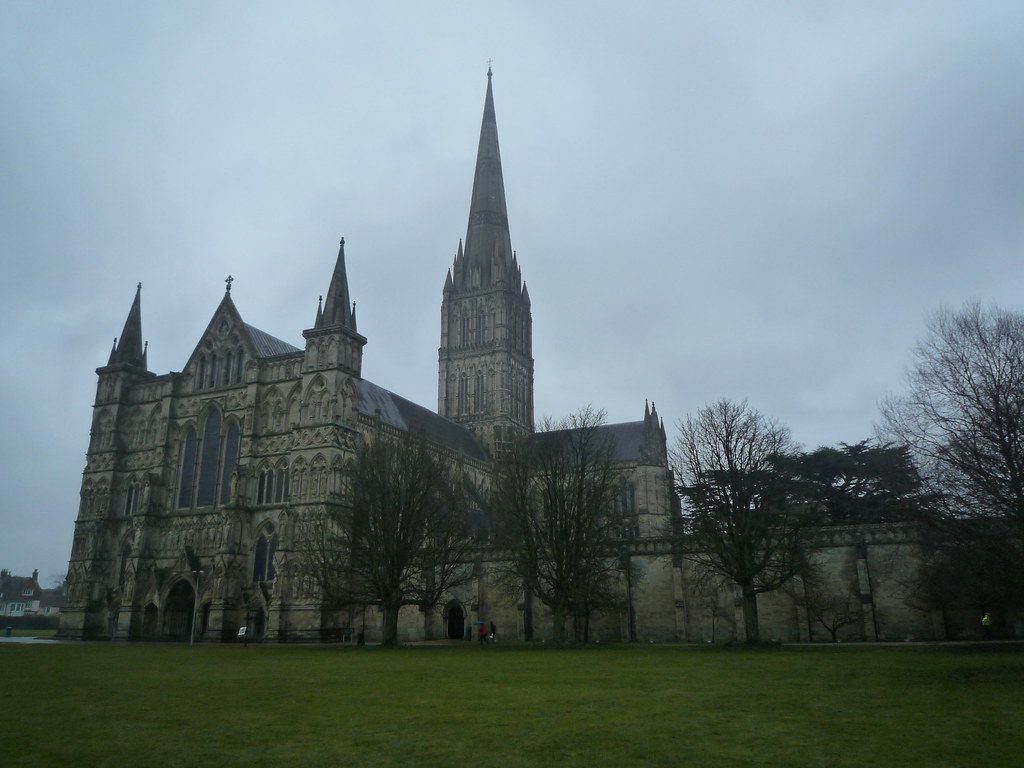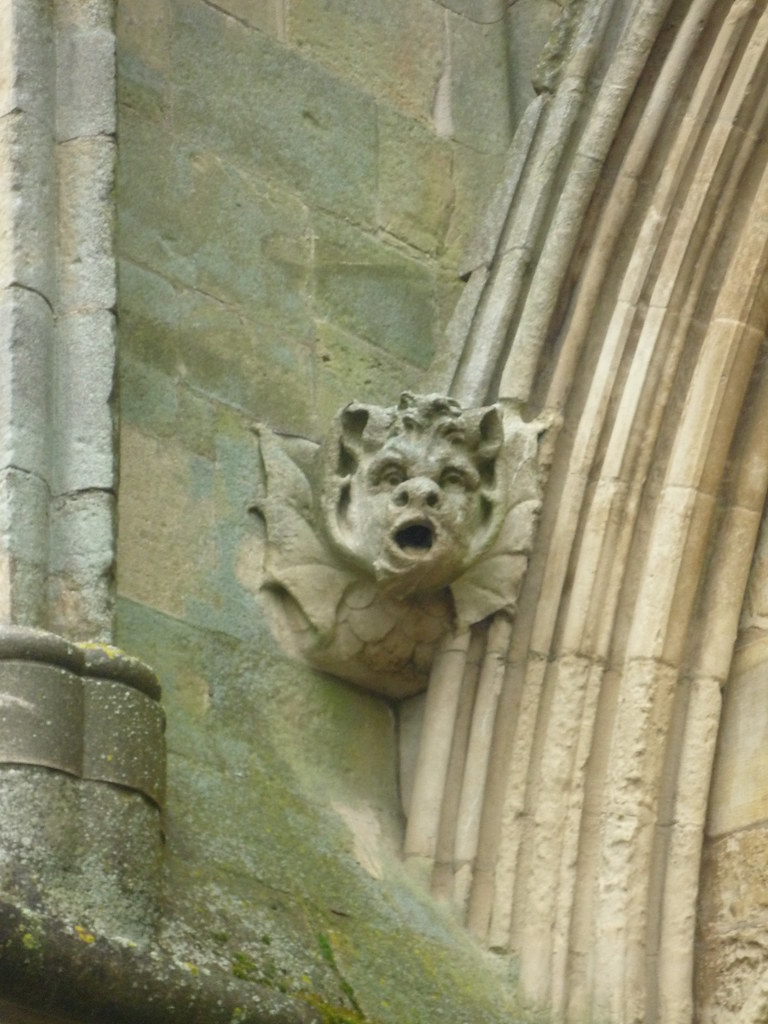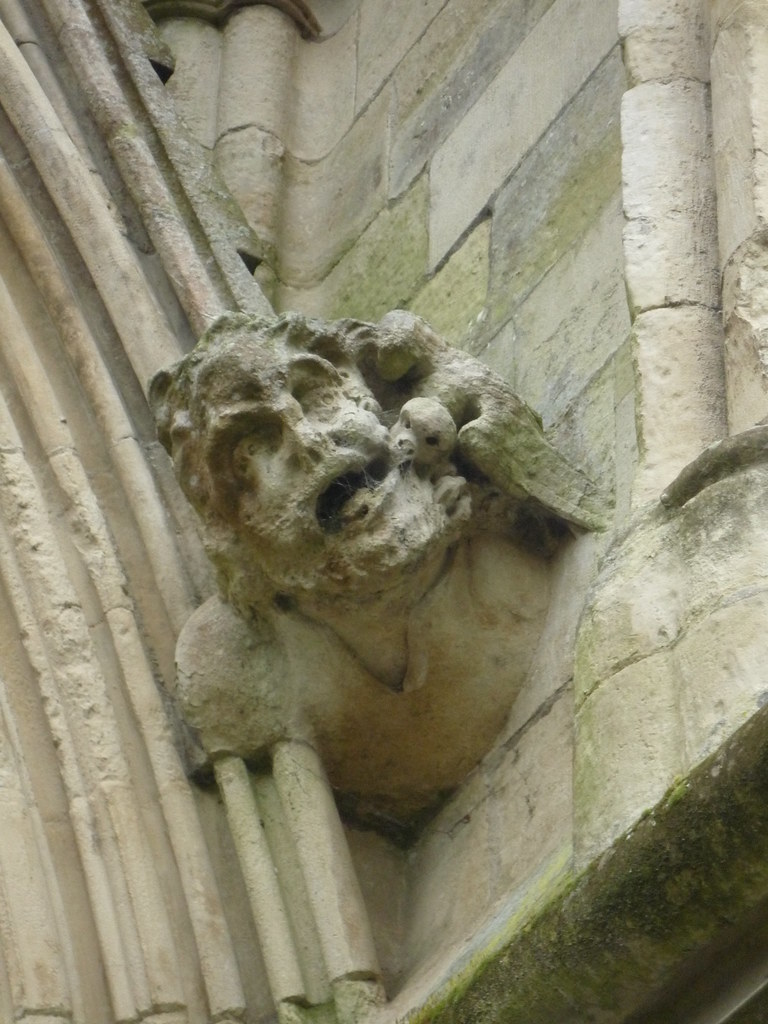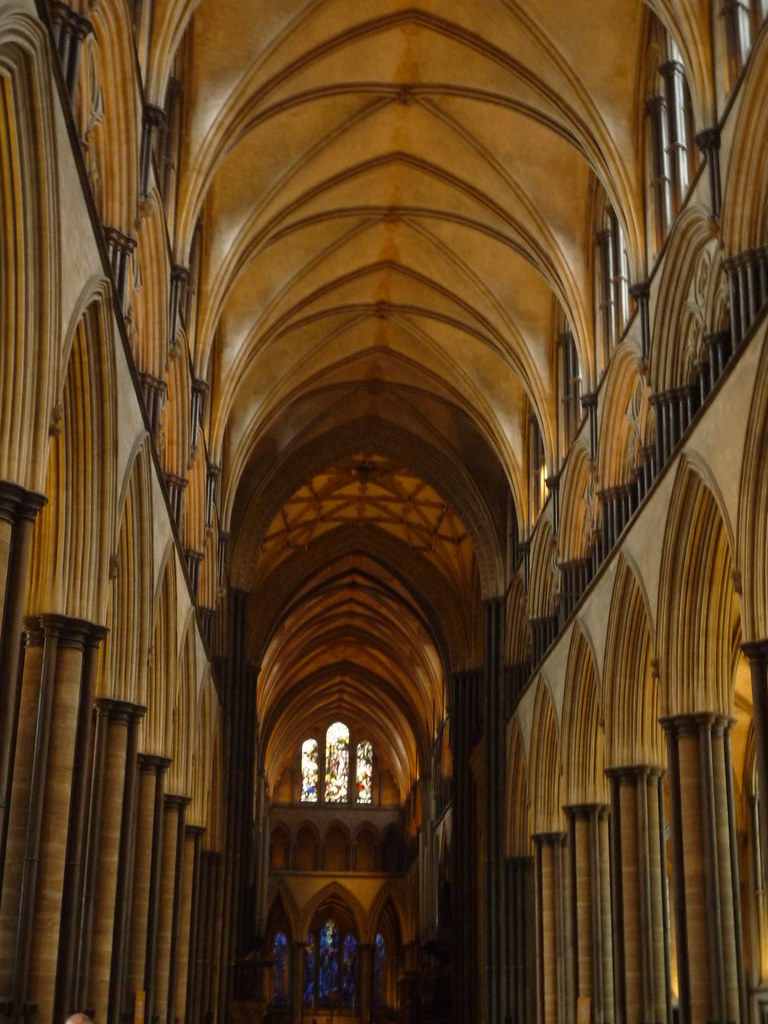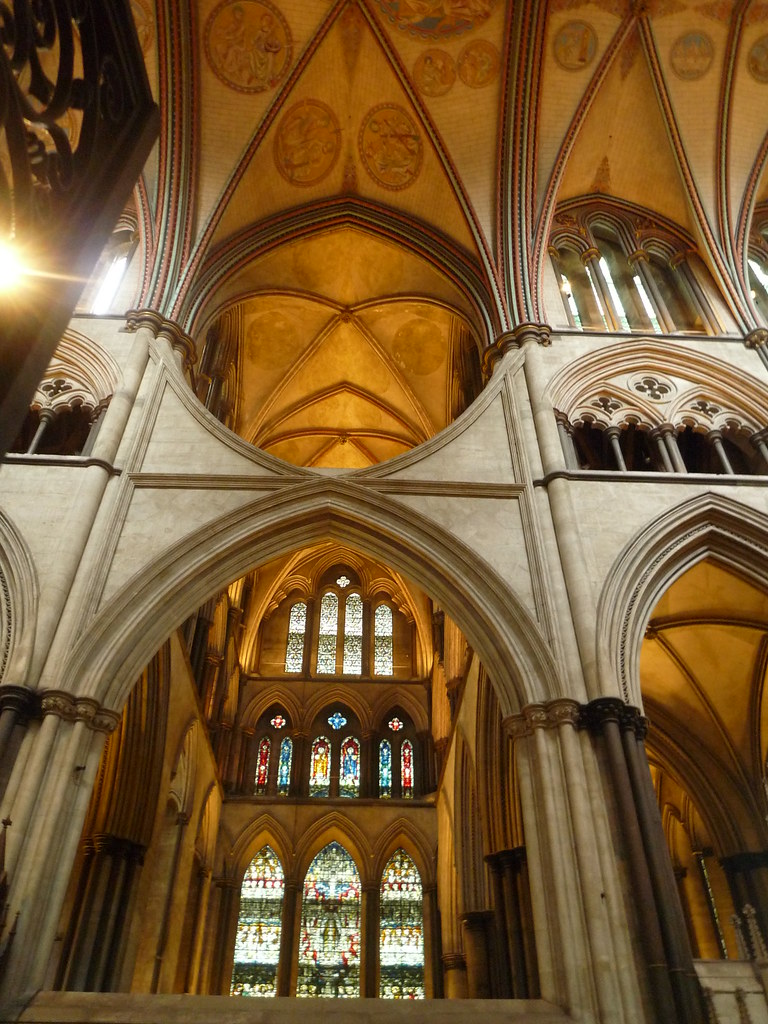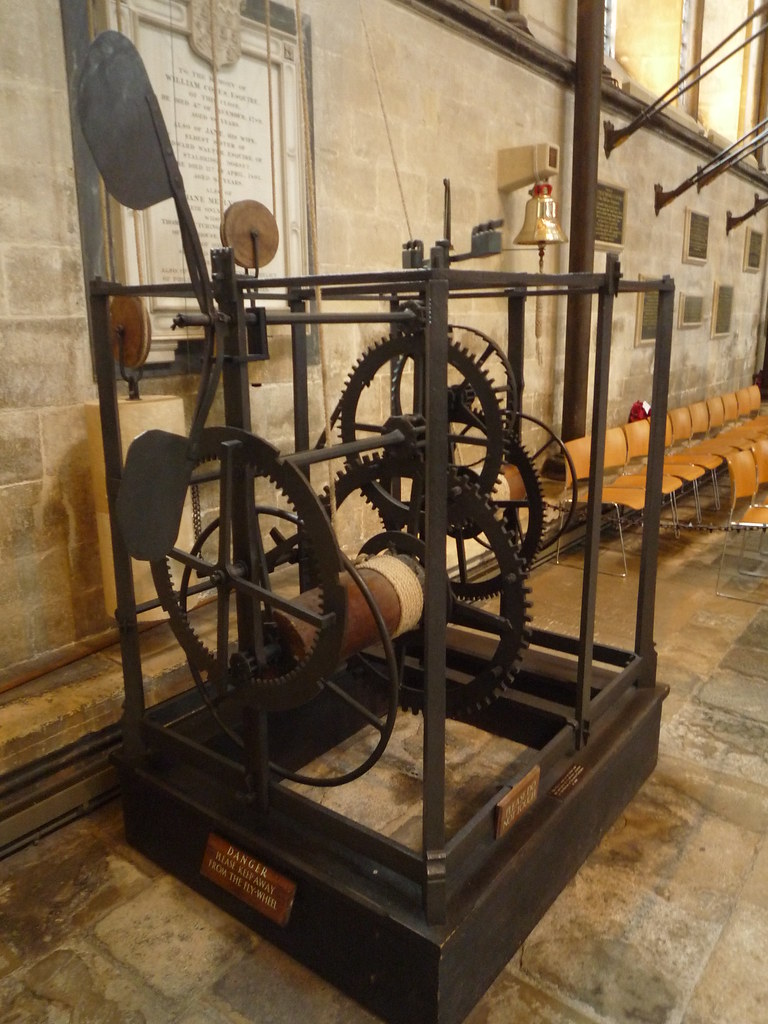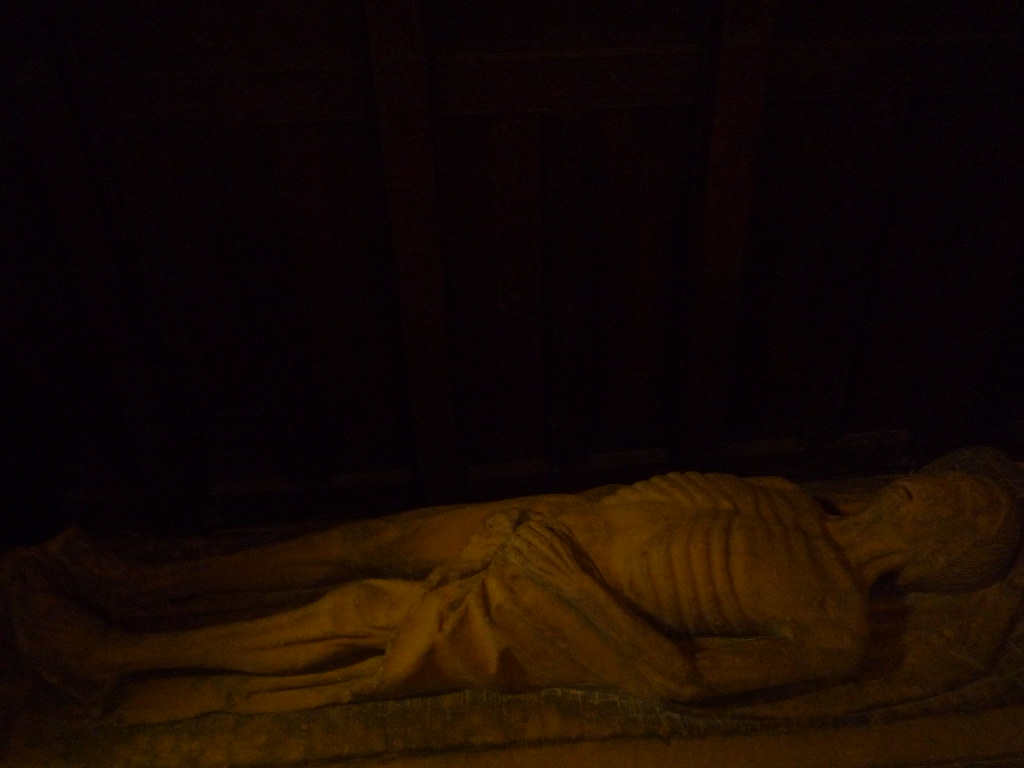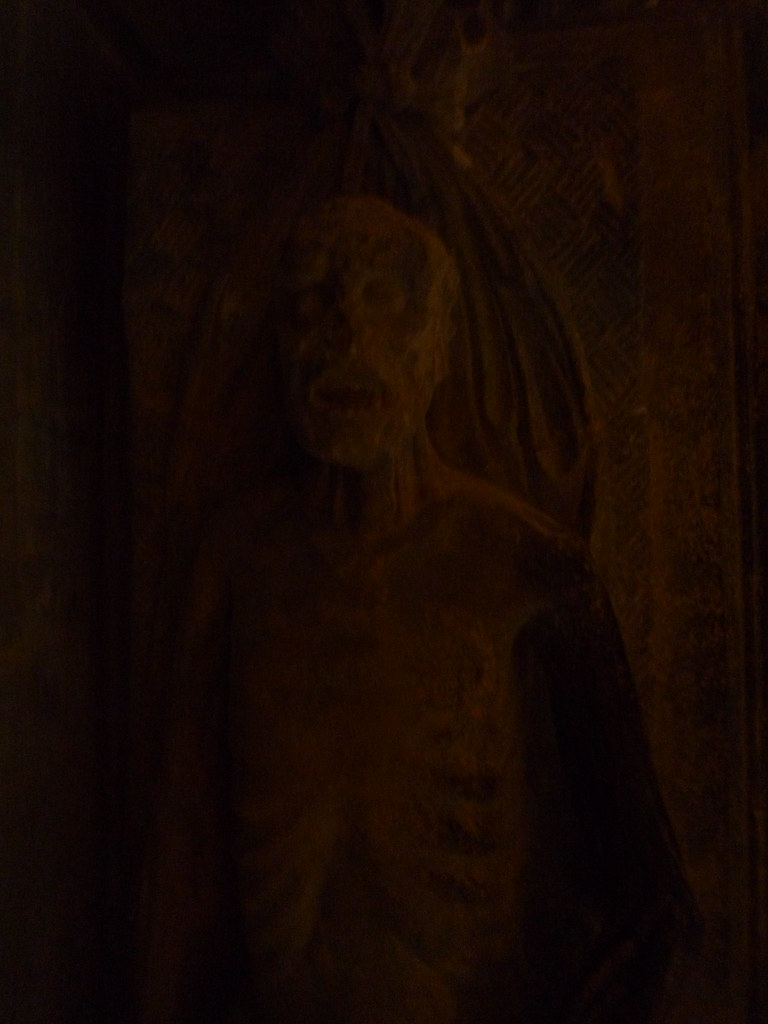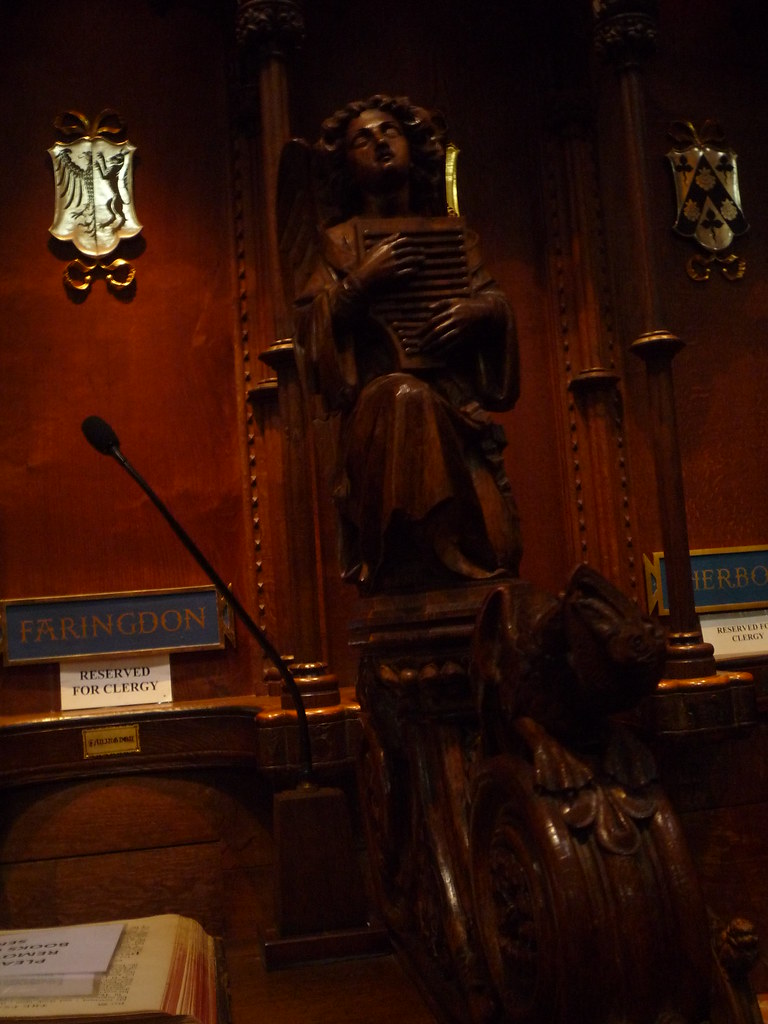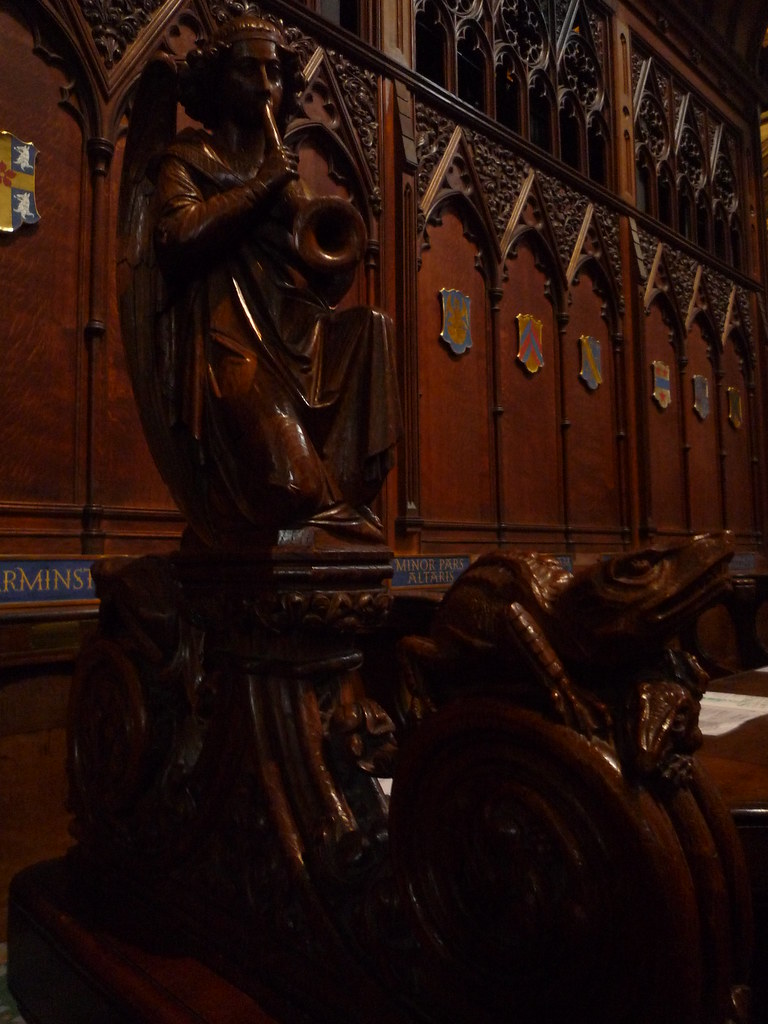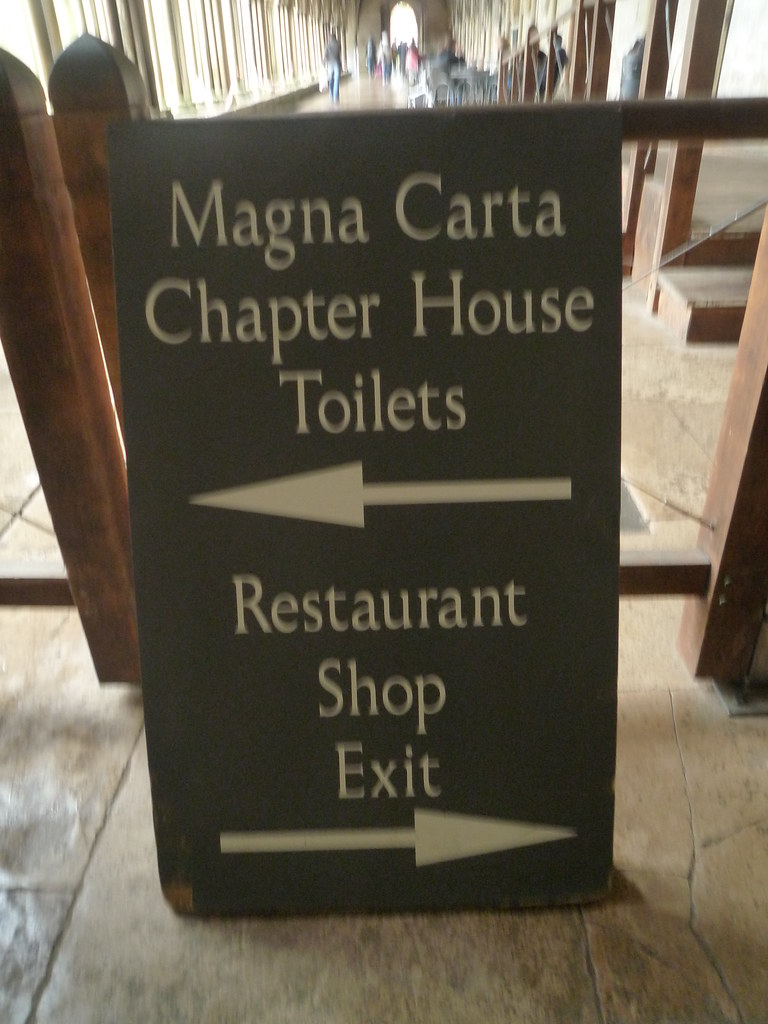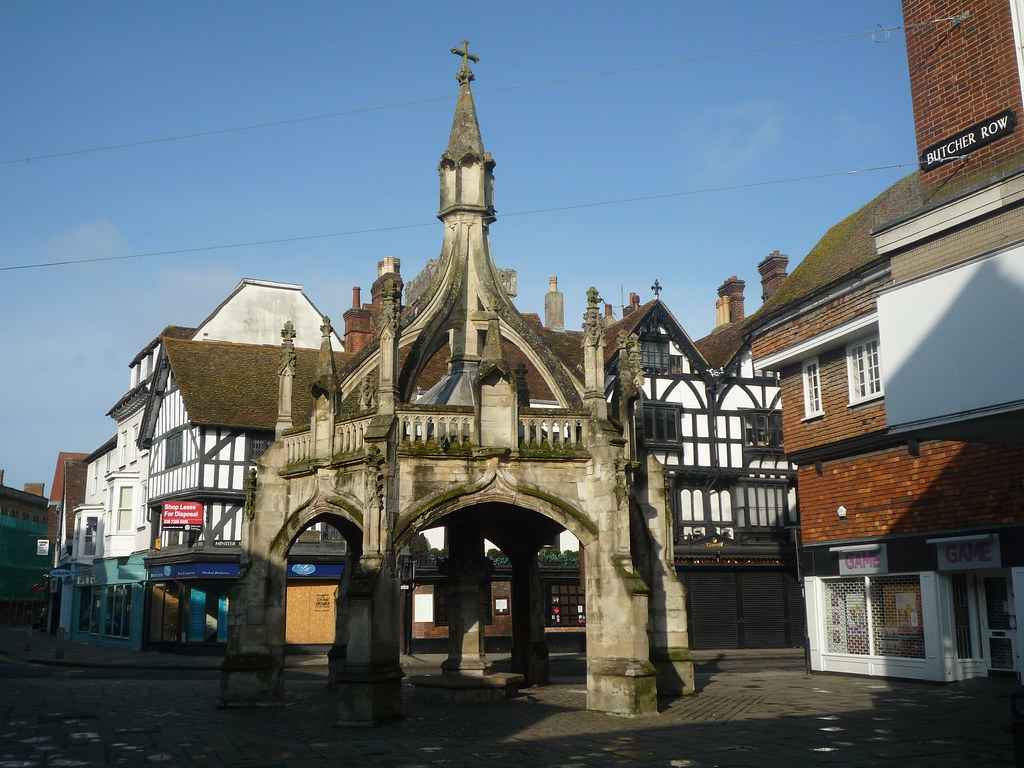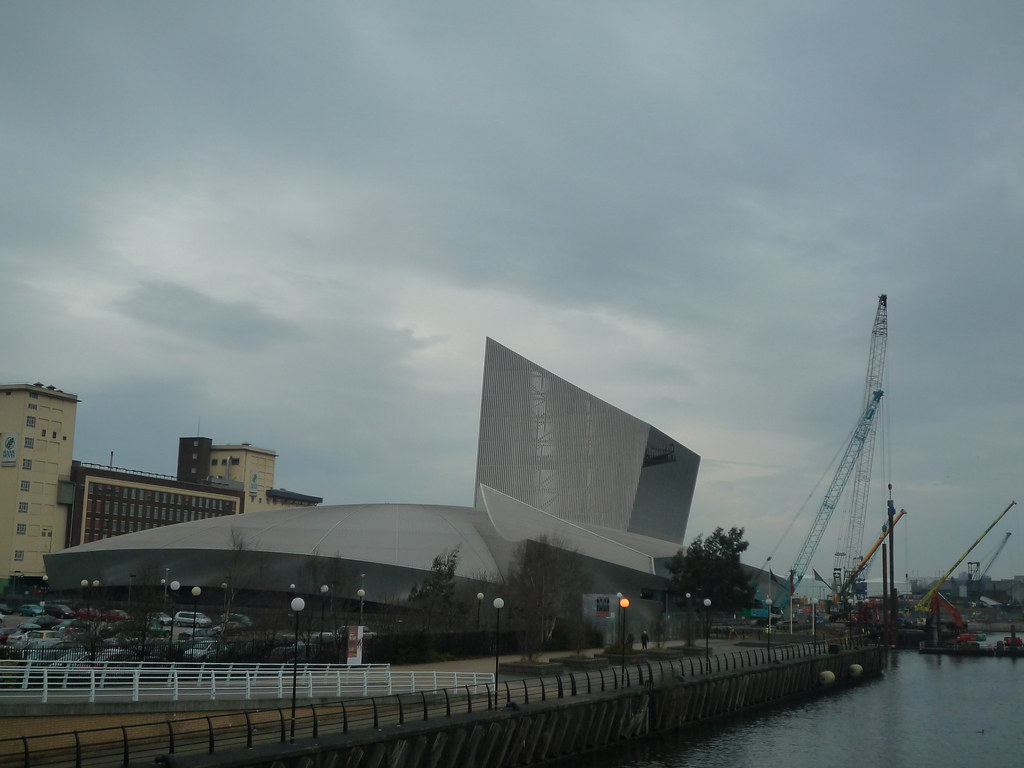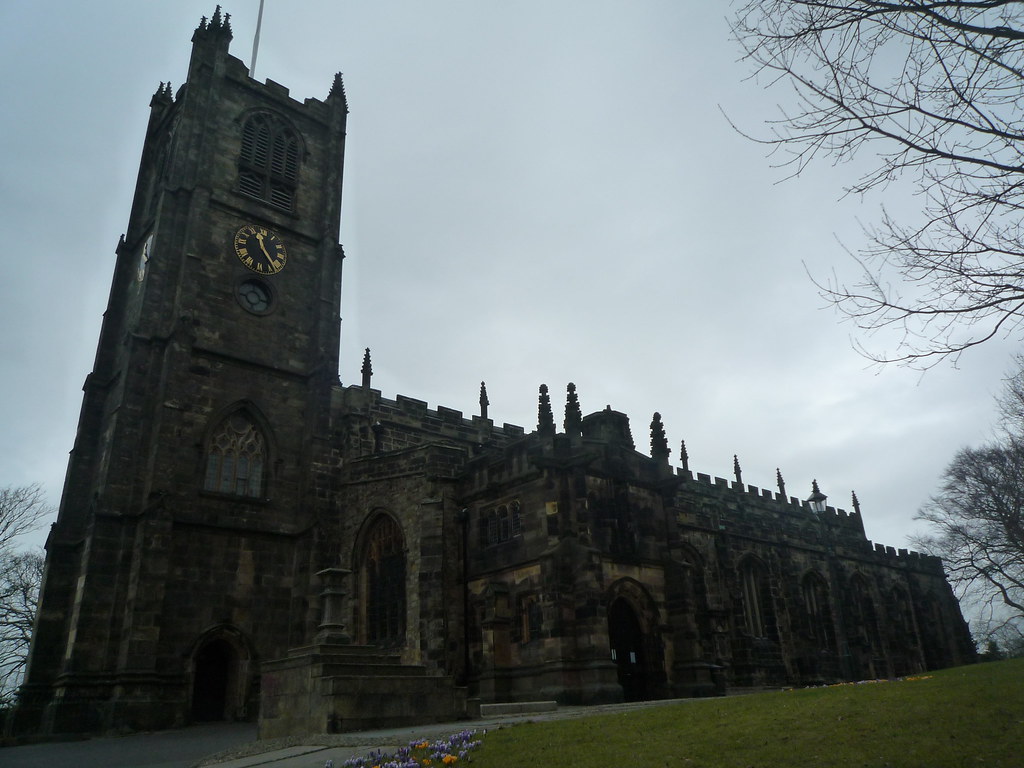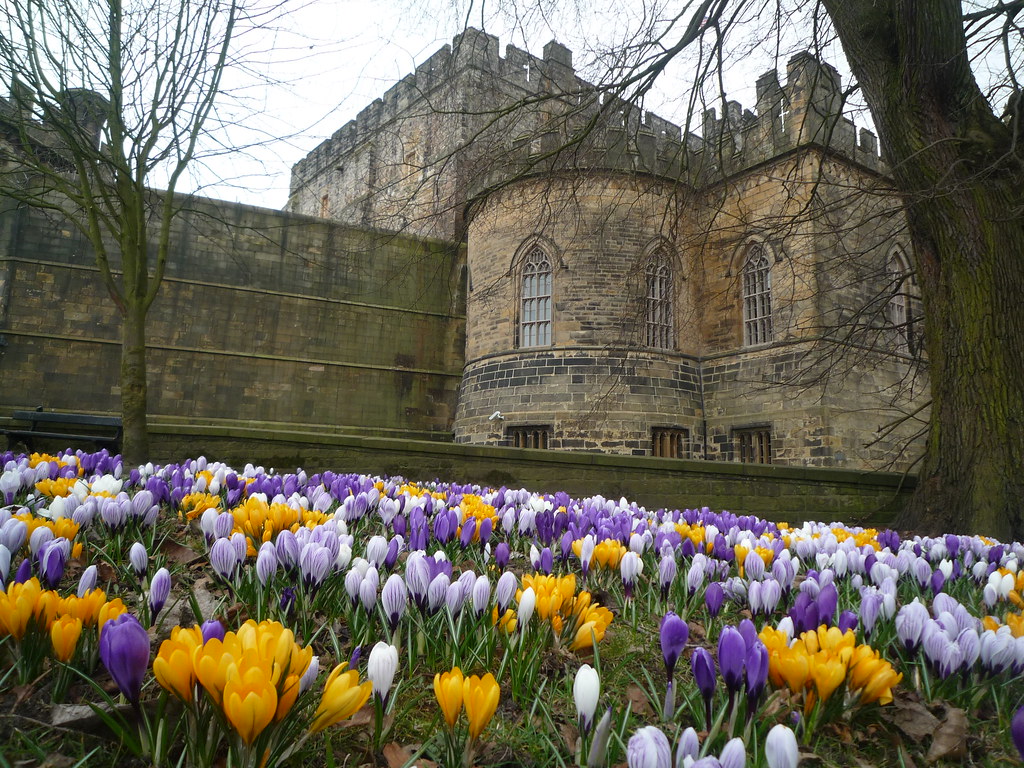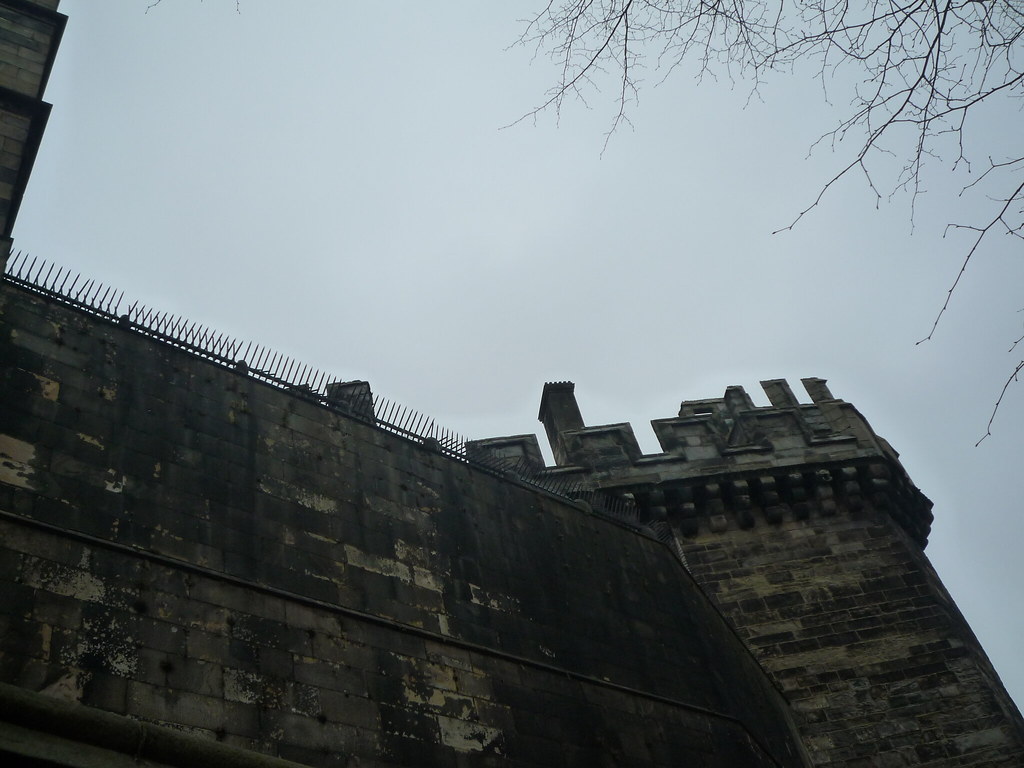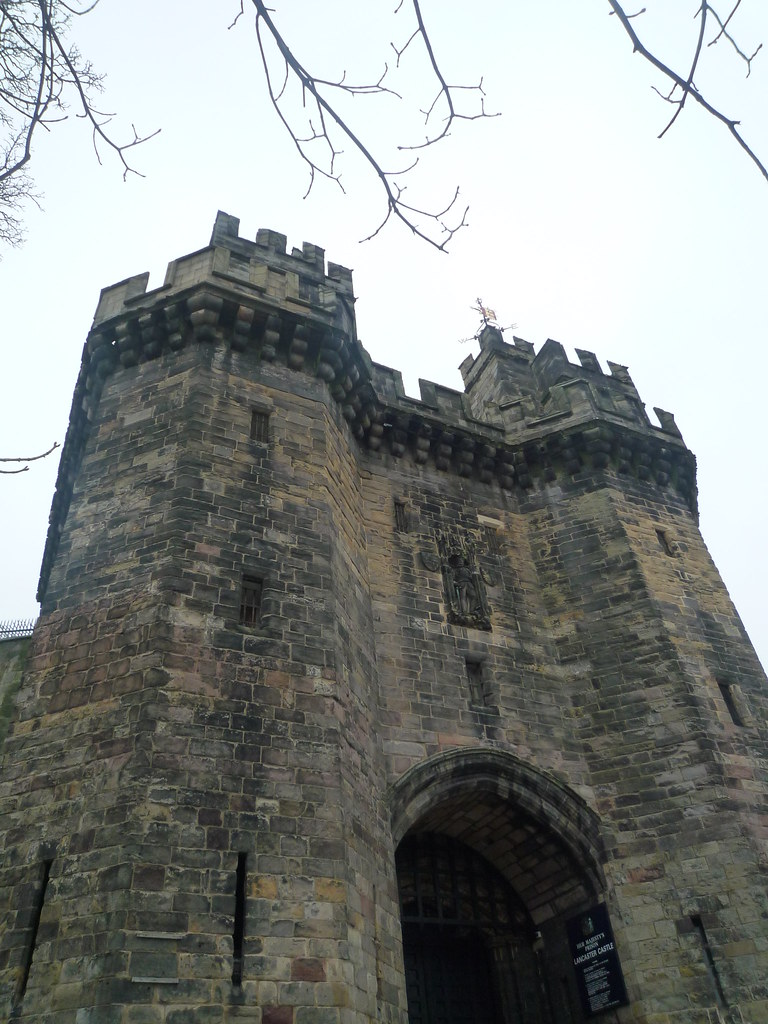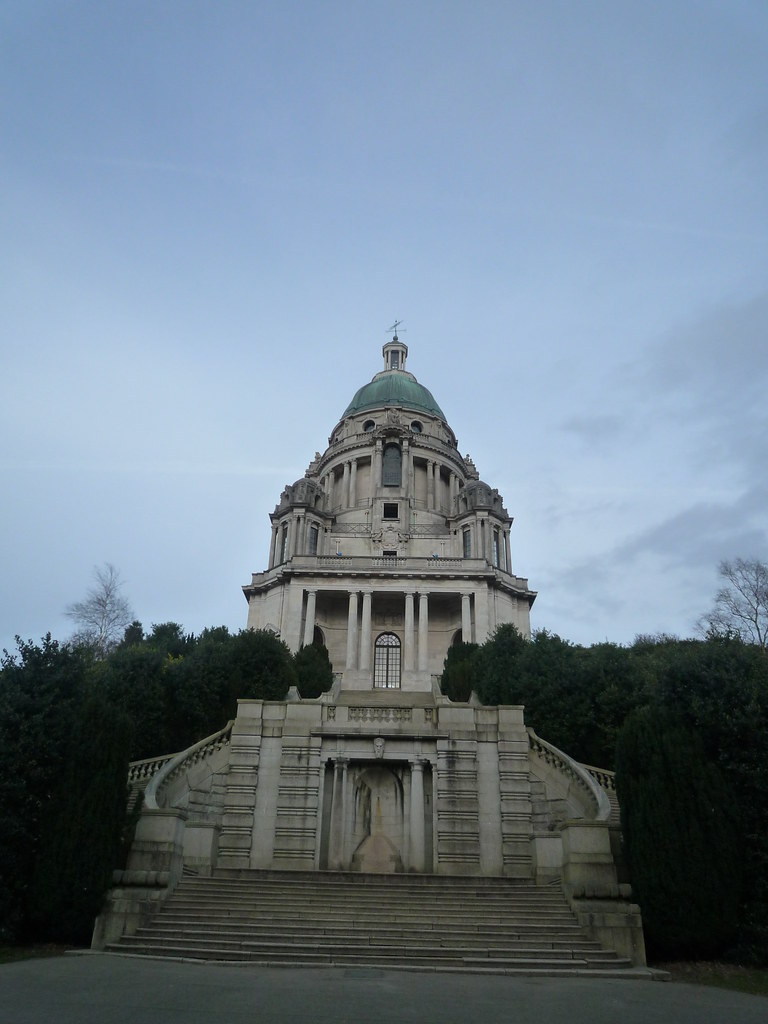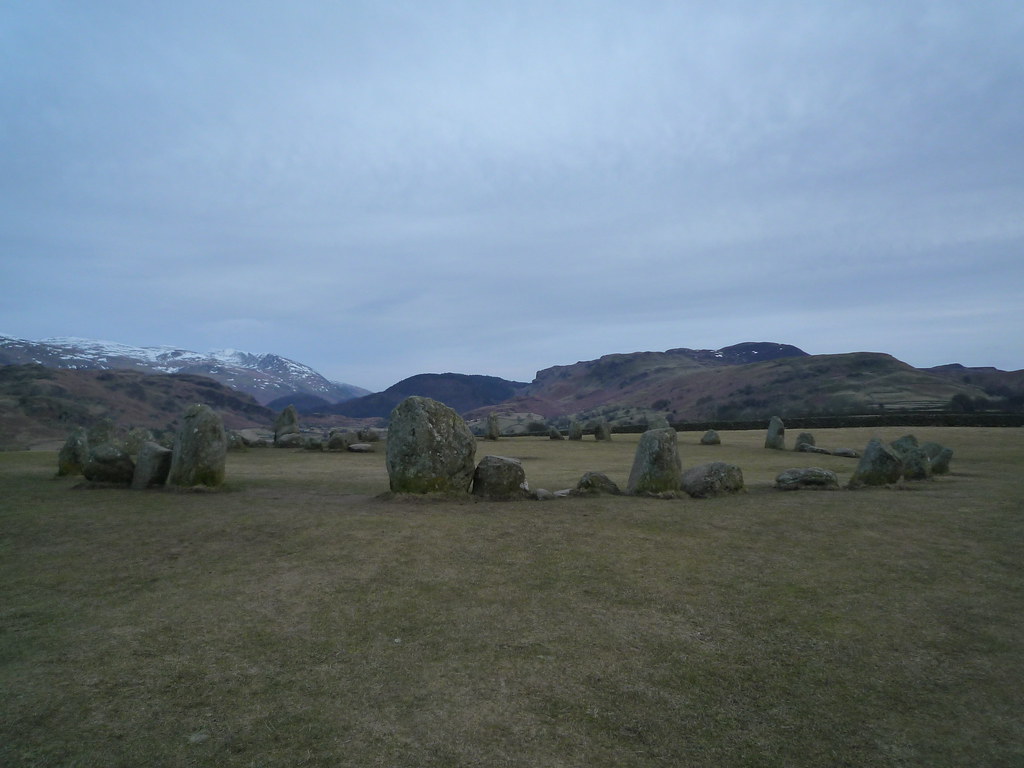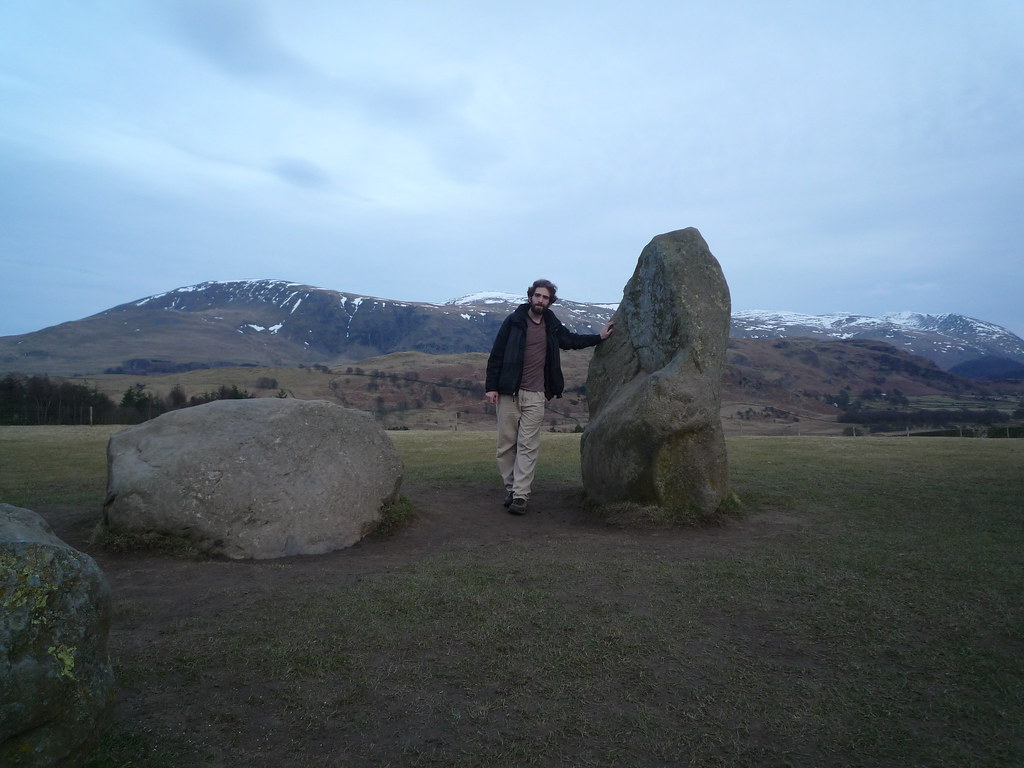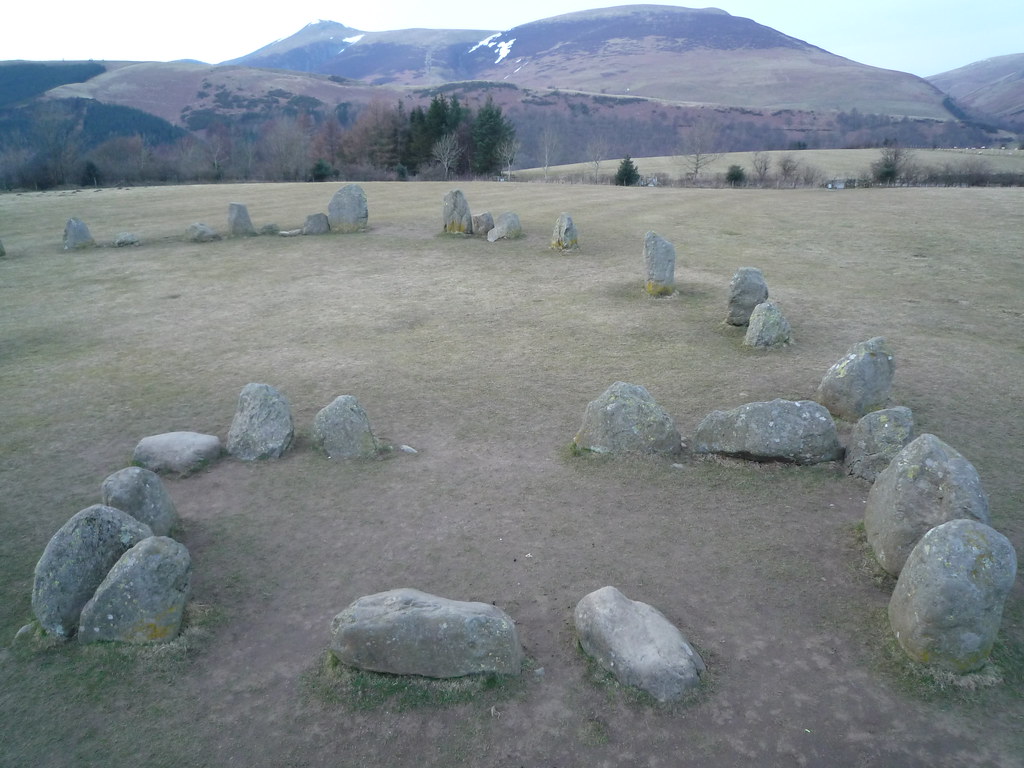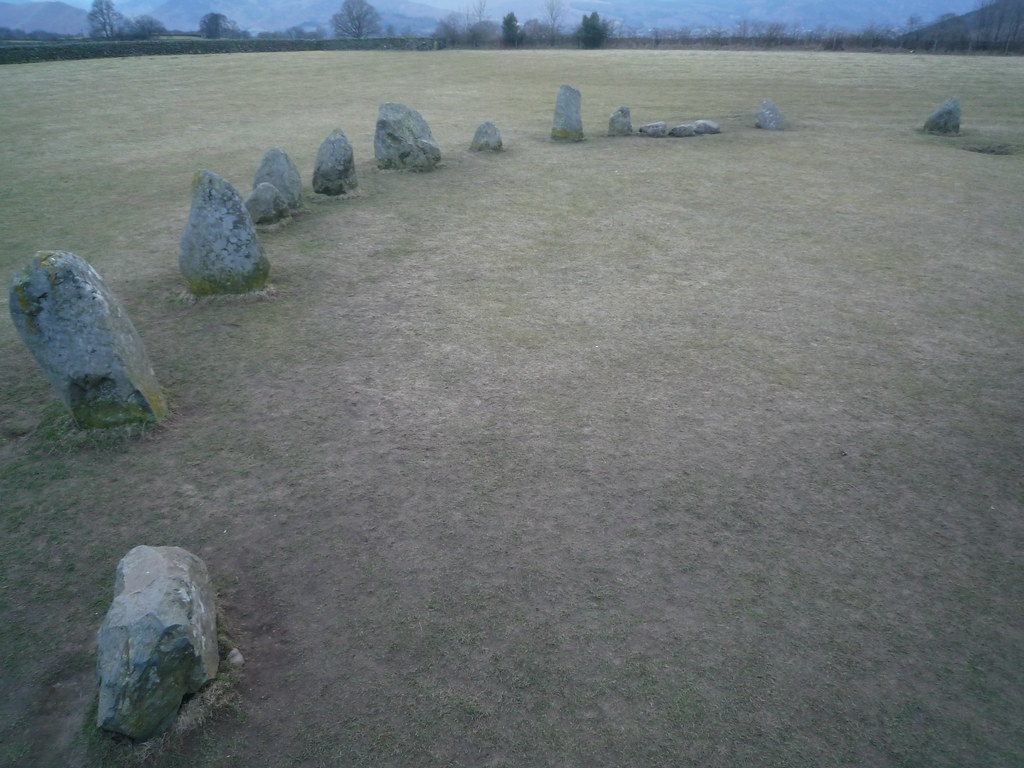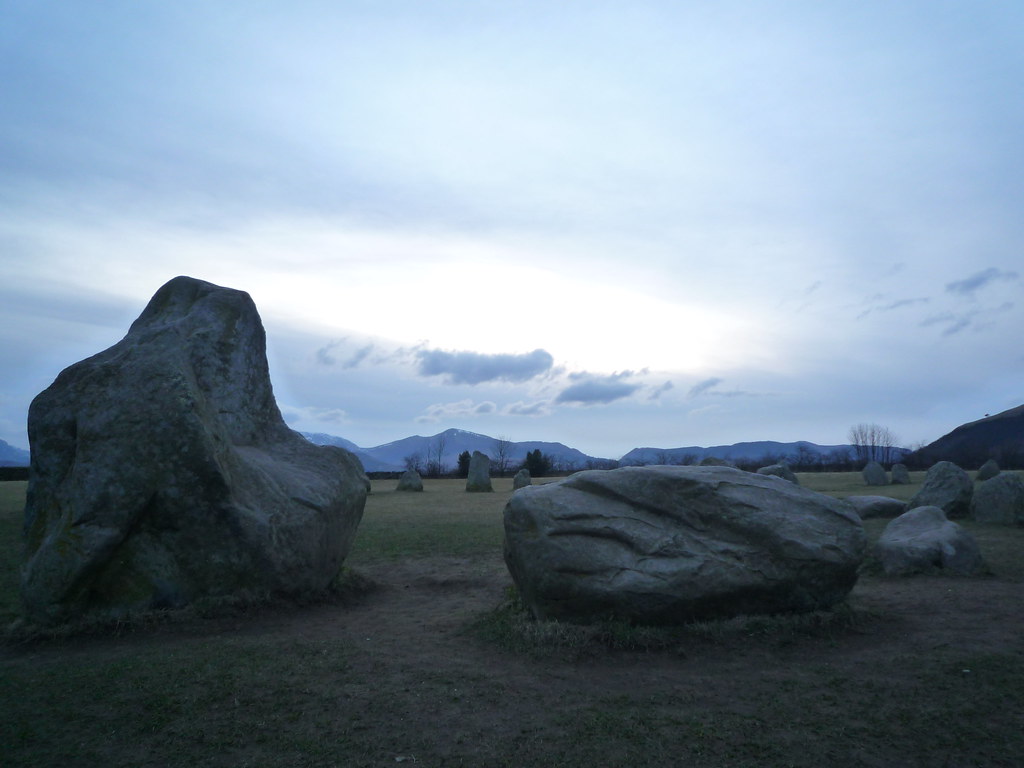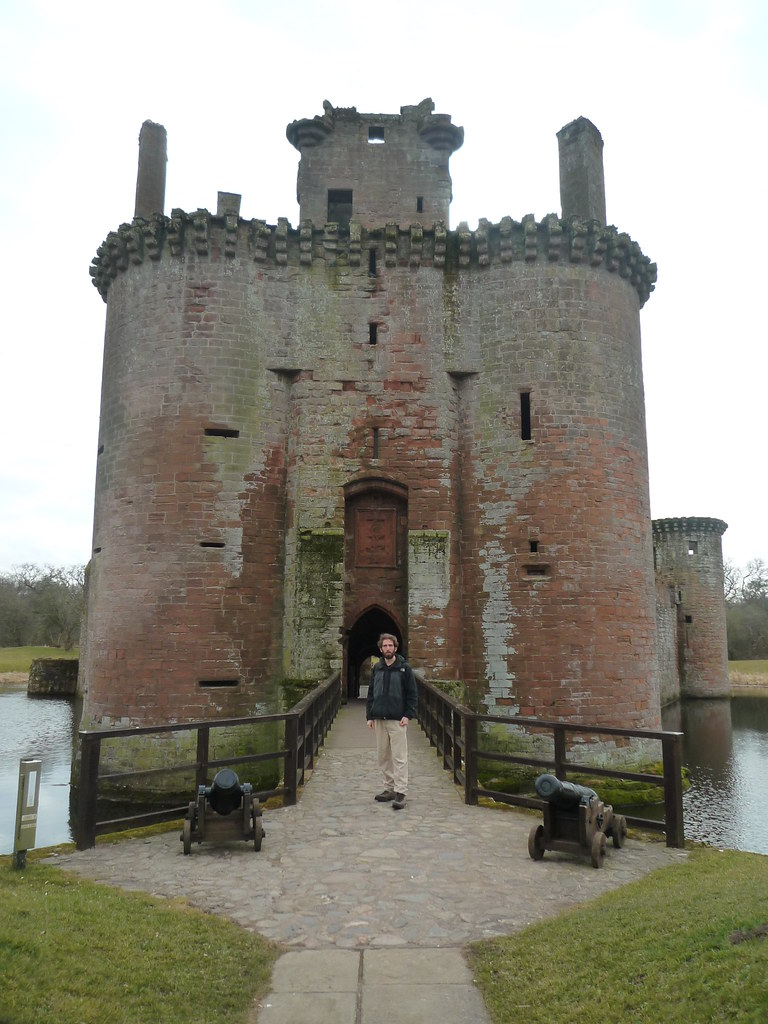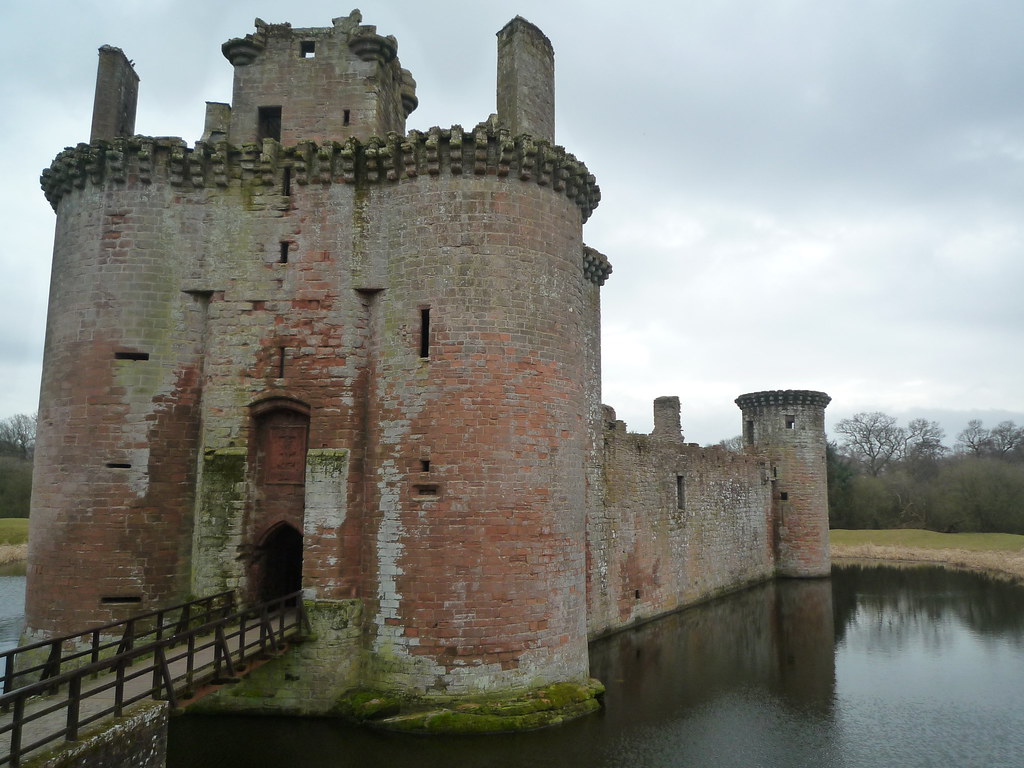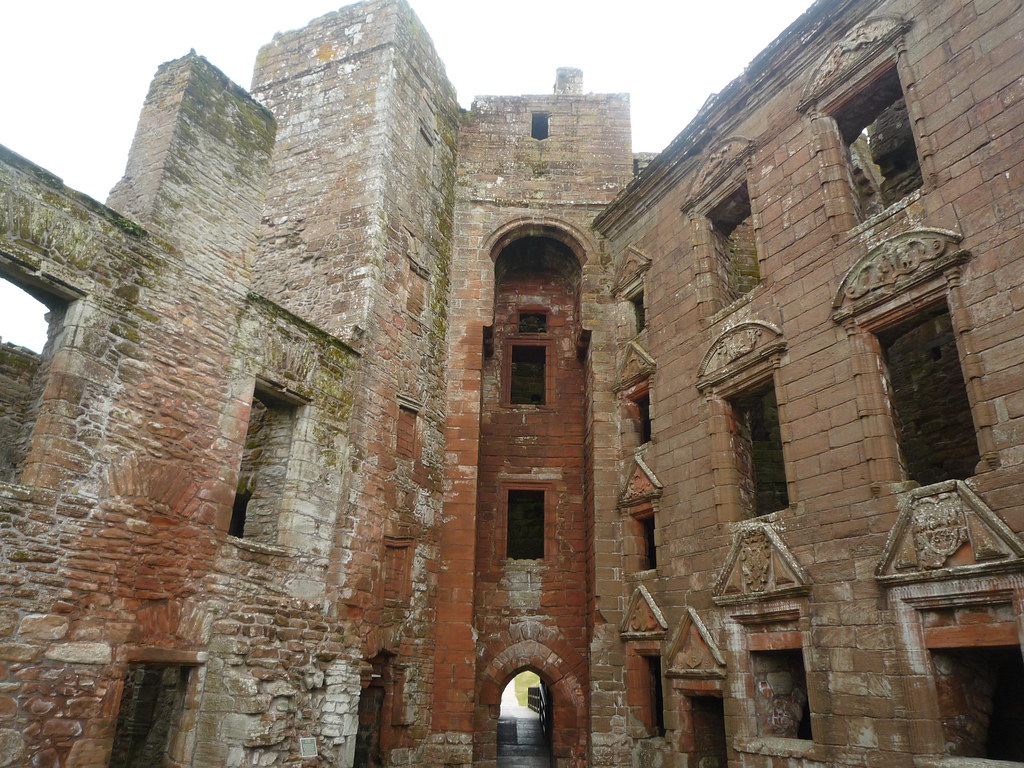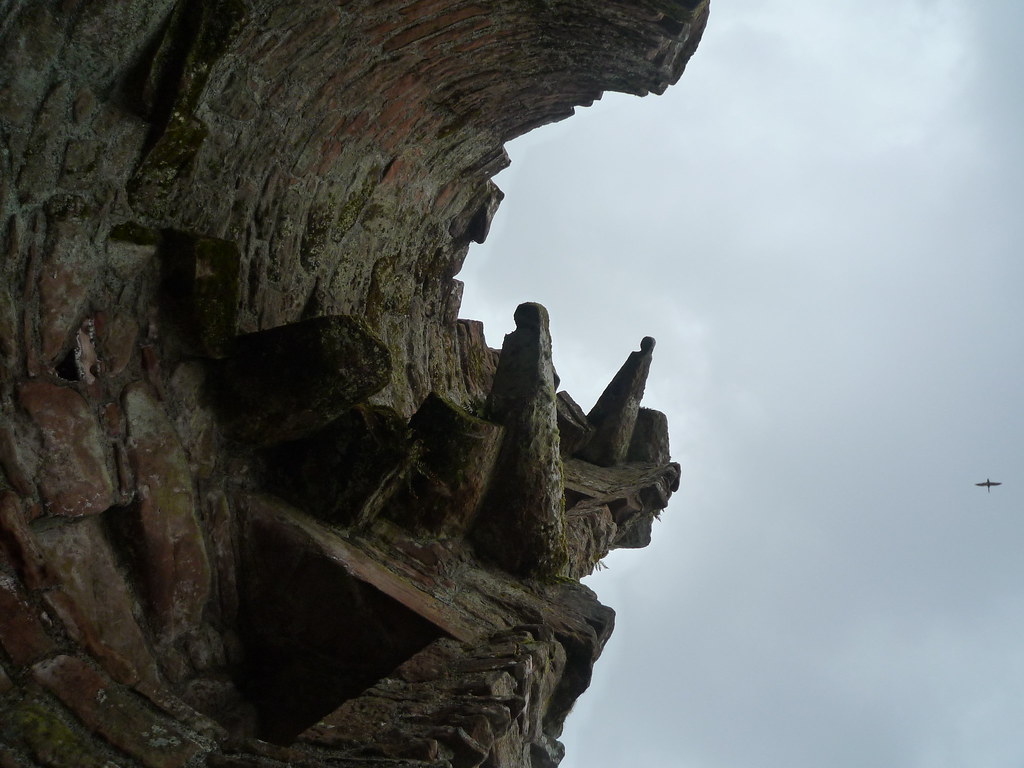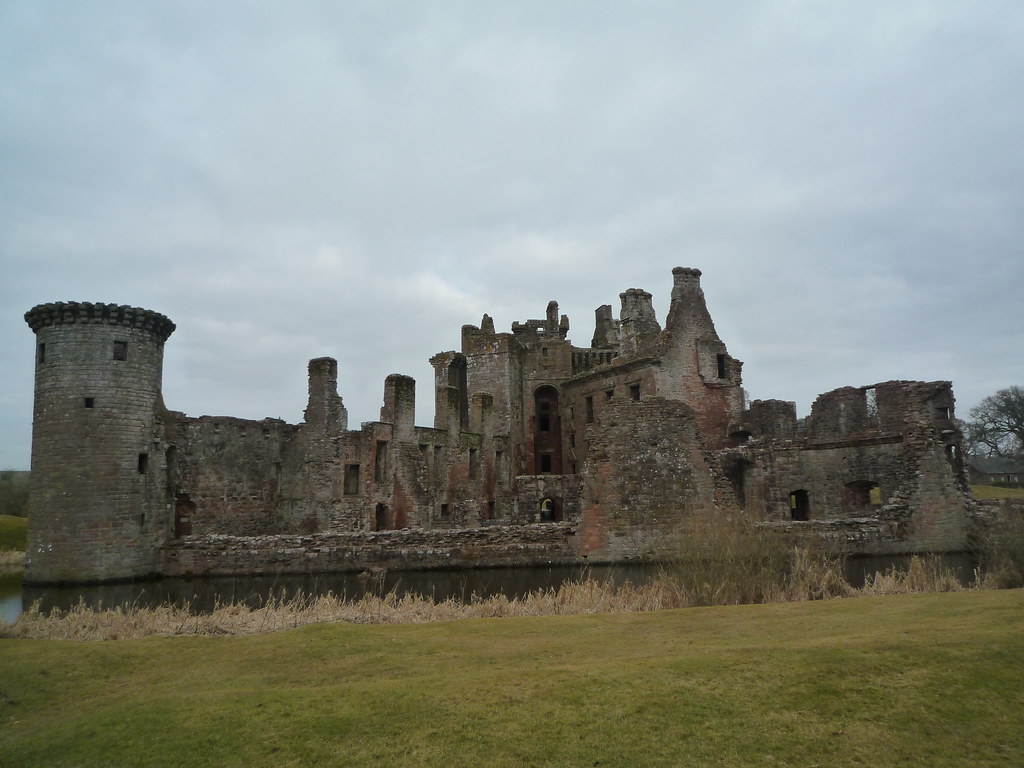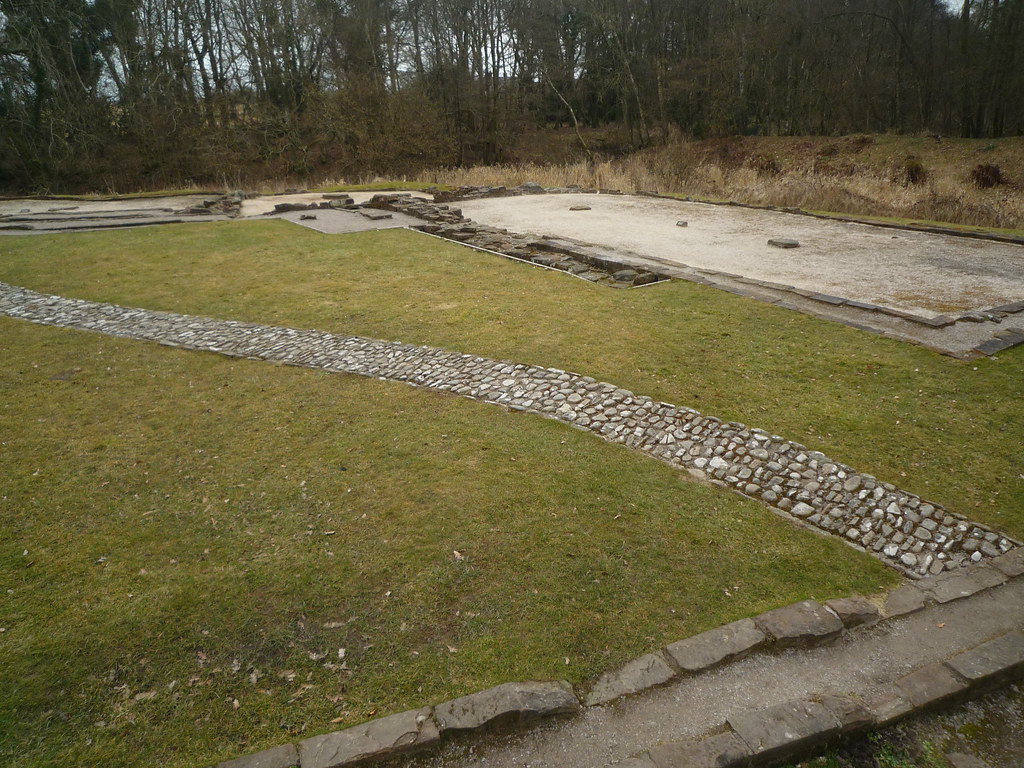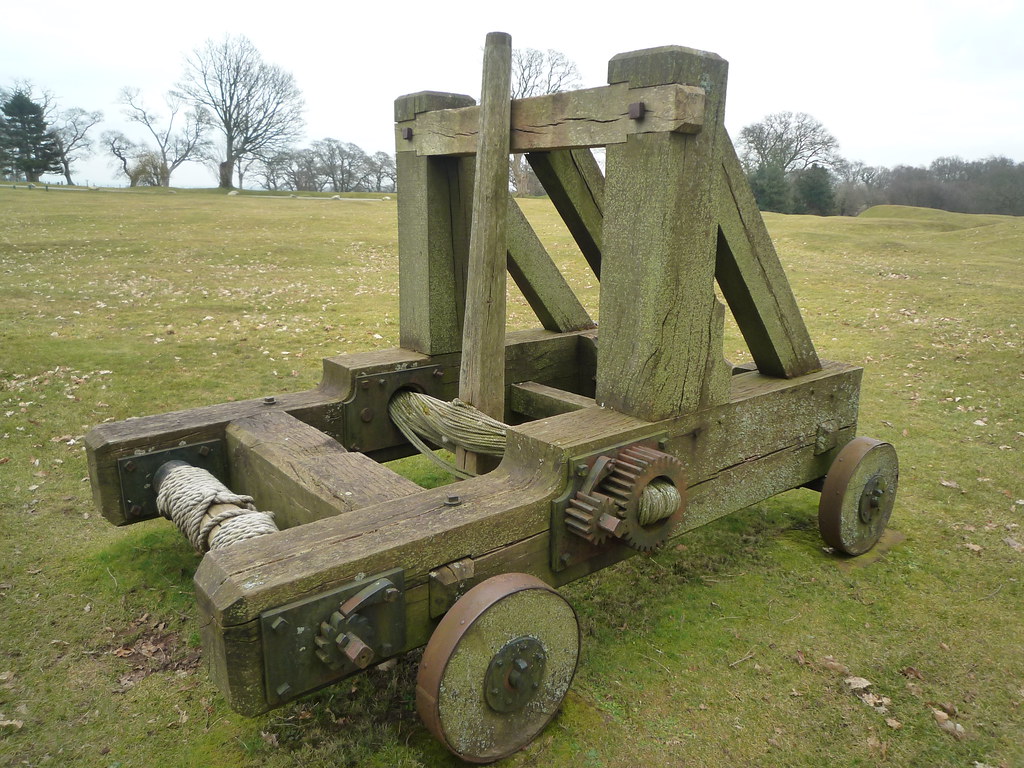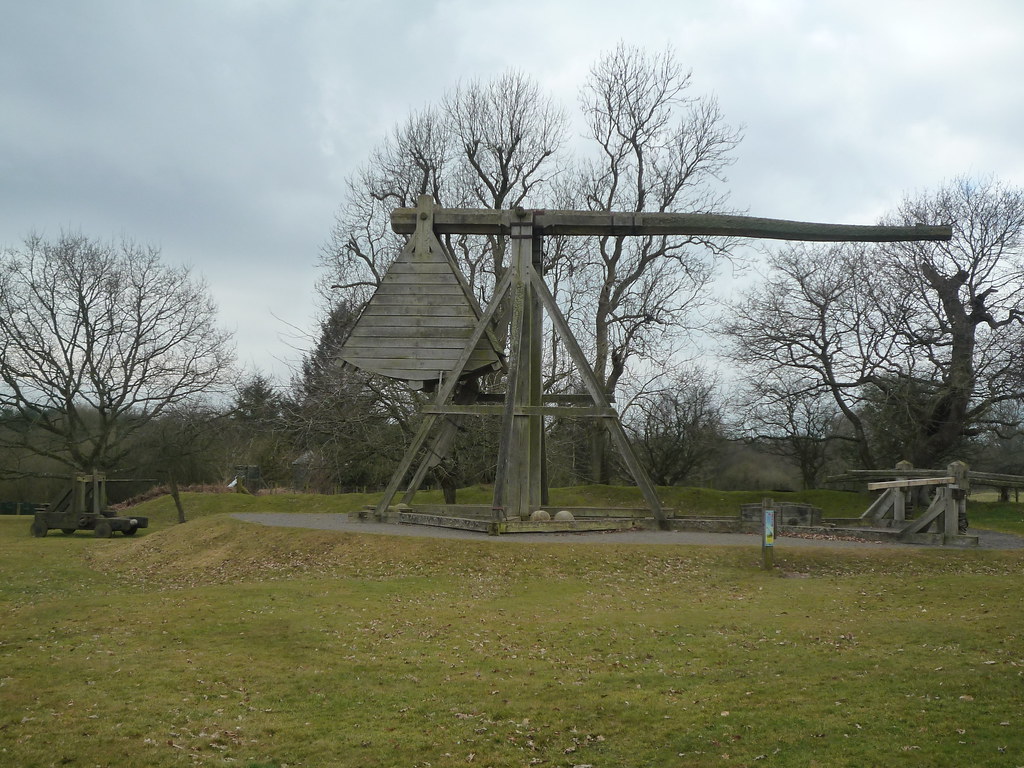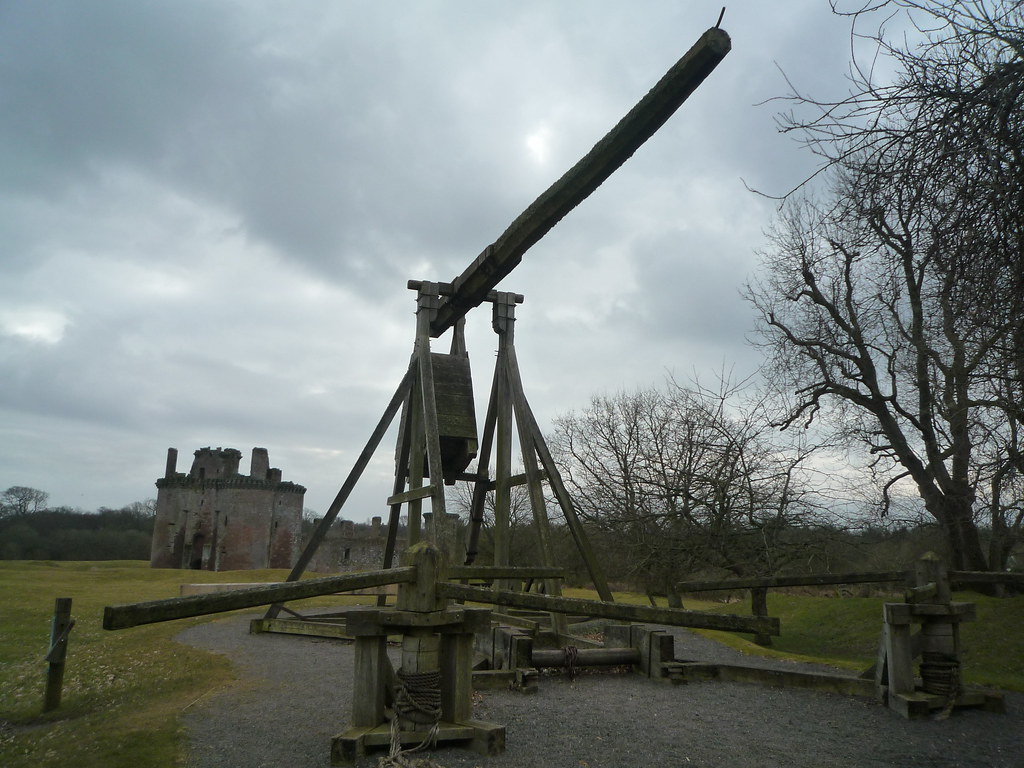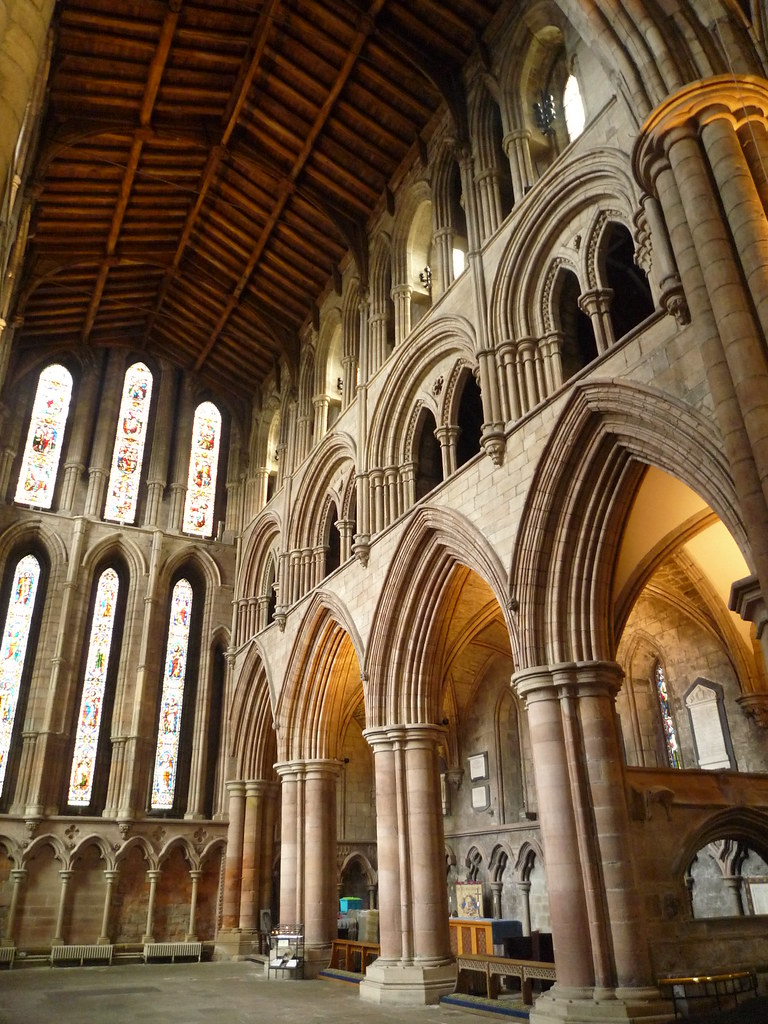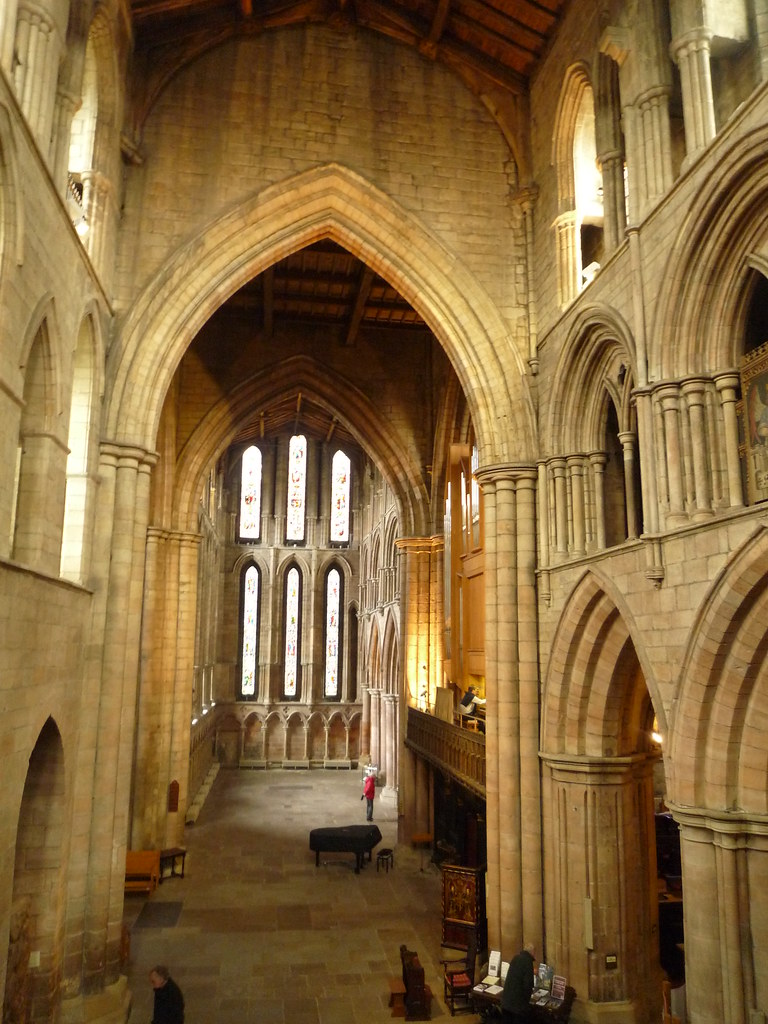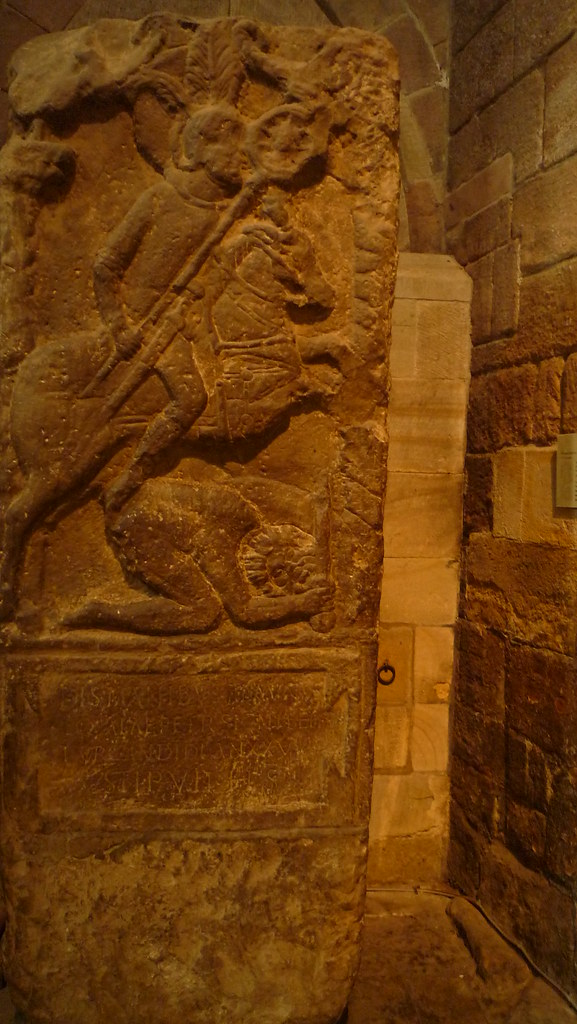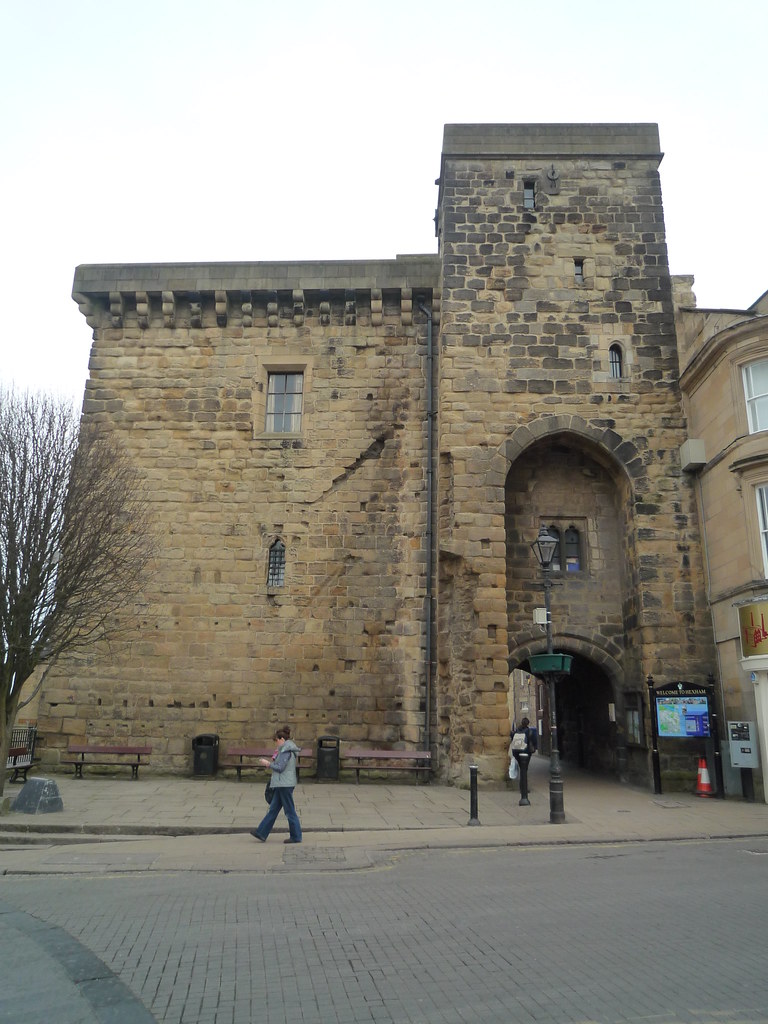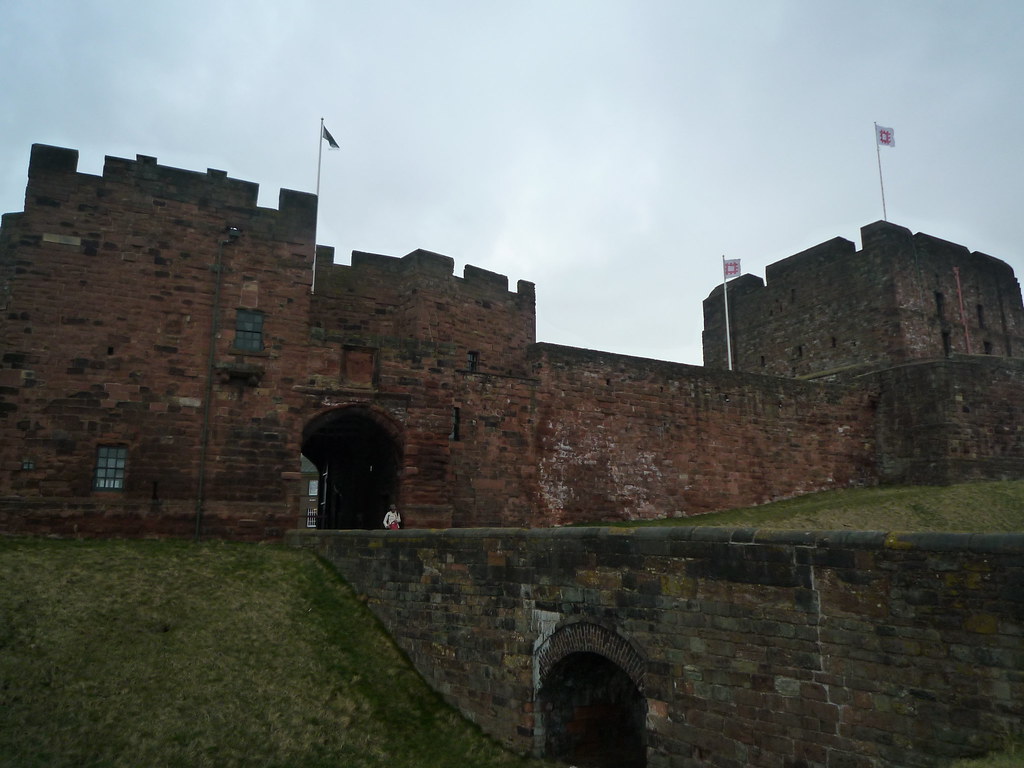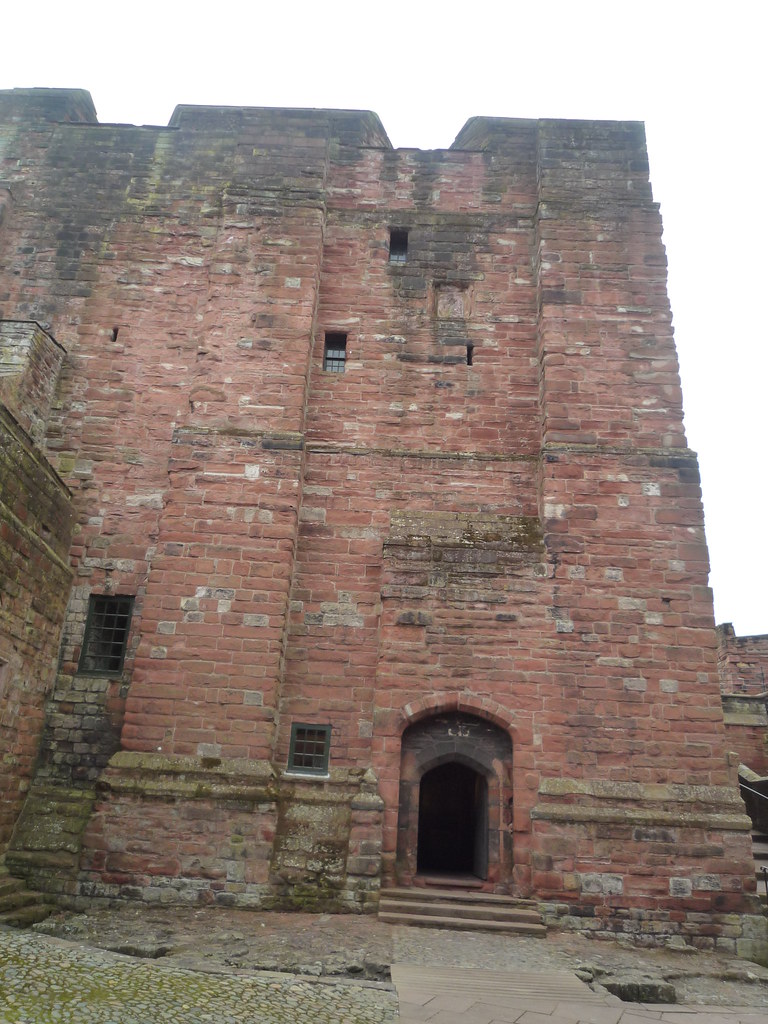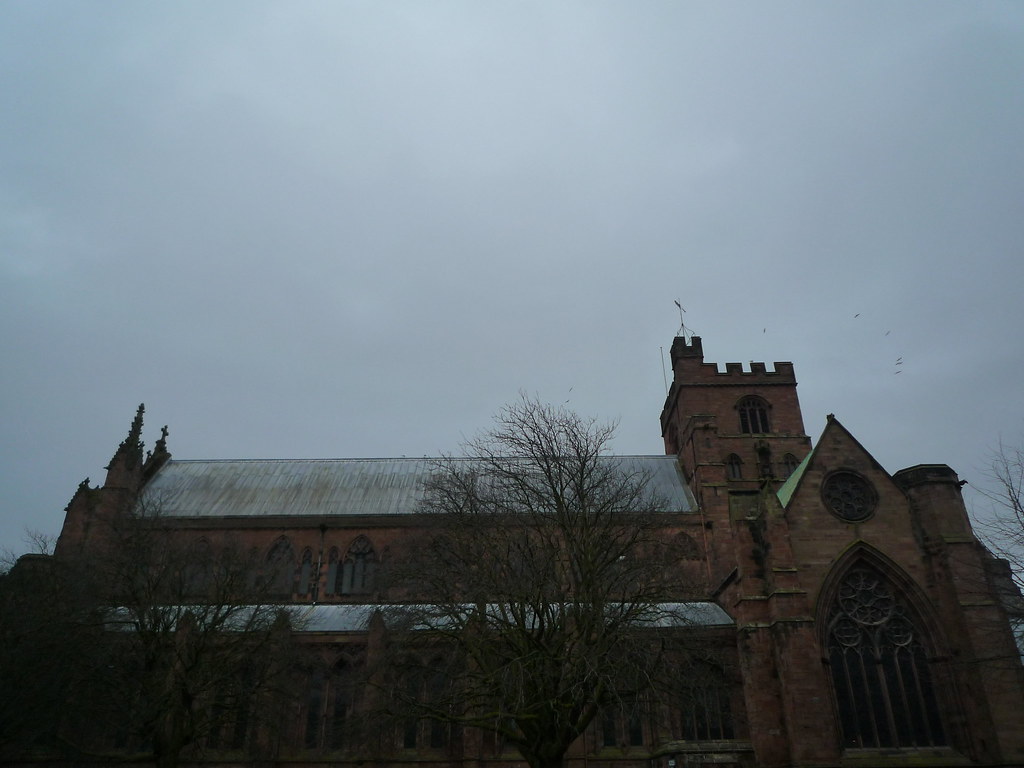Salisbury
Buses to Stonehenge didn't run any earlier than normal despite the equinox, so I wandered the town until the first bus at ten. First, I walked through St. Thomas's Church, famed for its doom painting, depicting the day of judgement, which I somehow managed not to notice.
I then walked by the Salisbury Cathedral.
As usual, I loved the grotesques.
Okay, I didn't actually go inside the cathedral until after I got back from Stonehenge and Old Sarum, but I'm choosing thematic unity over temporal accuracy here.
In addition to the usual grandeur, the cathedral holds the oldest working timepiece in the world, a clock made in 1386:
I liked the emaciated figure on one of the tomb lids and the ornate carving on some benches:
I was also impressed by the modern (1980) stained glass window commemorating prisoners of conscious, which used a color scheme I find more aesthetically pleasing than the usual fare.
The cathedral is also famed for housing the best preserved of the four remaining copies of the Magna Carta. I was amused by the understated sign pointing out this most important of historical documents:
The Magna Carta is housed in the chapter house:
I loved the timber frame houses.
An impressive stonework that looks like it could cap an ornate tower is actually to mark the spot in market square where poultry was sold:
